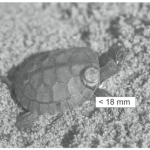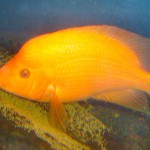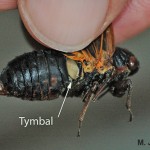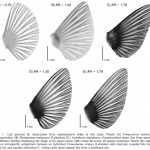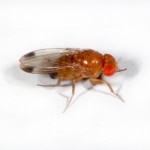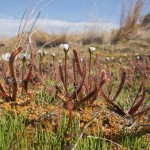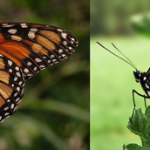This gallery contains 3 photos.
We’ve all heard of the five senses: sight, touch, smell, sound, and taste. Some animals, such as certain types of fish, reptiles, or mammals, can also use an internal compass to navigate through their environment. This can be in the form … Continue reading

